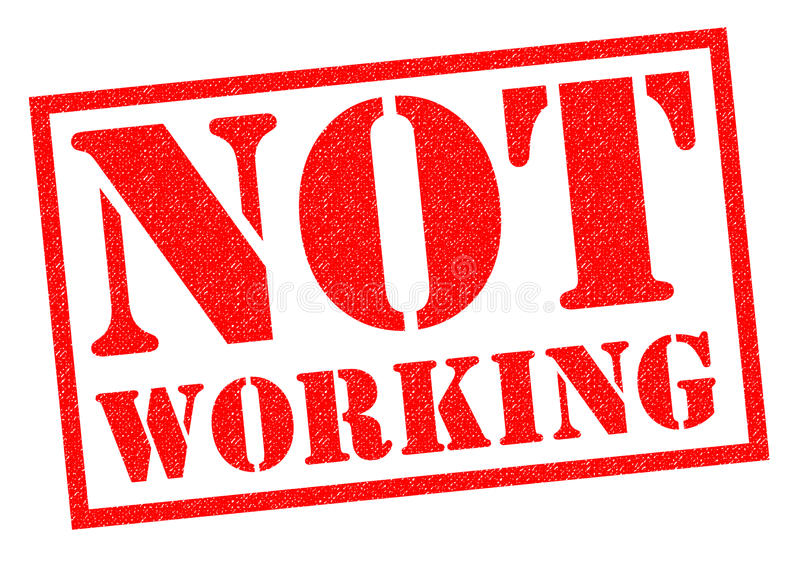
Grit – noun
Firmness of character; indomitable spirit; pluck
- Dictionary.com
Tenacious people don’t rely on luck, fate, or destiny for their success. And when conditions become difficult, they keep working. – John Maxwell
Pablo Casals was considered the greatest cellist to ever live. When he was 95 years old he was asked why he continued to practice 6 hours a day. He replied, “Because I think I’m making progress.”
Be it an accomplished cellist like Casals or any other person who mastered his or her craft, it requires a higher standard of grit to go there.
Baseball great Ted Williams was known as a “natural hitter”. Once when he was asked about this natural ability, he responded, “There is no such thing as a natural-born hitter. I became a good hitter because I paid the price of constant practice, constant practice.” And herein lies the difference between those excel in their craft and those who remain stagnant and get left behind. It’s tenacity. It’s grit.
One way this grit can be explained comes from the ten thousand hour rule from Malcolm Gladwell. He spelled it out in his book Outliers. The jest of the rule is this: it takes ten thousand hours of intense practice to achieve mastery of complex skills and materials.
While some have attempted to debunk Gladwell’s ten thousand hour rule, the underlying application is that the secret to success in any endeavor is an unparalleled degree of tenacity to achieve it. Grit is the common denominator.
In this fourth and final installment of developing leadership grit, allow me to recap the leadership grit principles presented thus far:
Leadership Grit Principle # 1 – Give up or Grow – Your leadership will have moments of testing. And ultimately it will be your indomitable spirit and grit that will get you through the tests of leadership that you will face.
Leadership Grit Principle # 2 – Resilience or Retreat – Through grit, we develop and grow as leaders. When we join forces with others, we share the load. Your journey is not meant to be traveled alone.
Leadership Grit Principle # 3 – Ingenuity or Insignificance – Grit survives and thrives with ingenuity. We must play the long game and be open to change and new ways of doing things.
And now, the final principle in this series.
Leadership Grit Principe # 4 – Tenacity or Tension
In the end, you will either set your course as a leader with tenacity or you will live in the tension of unrealized potential.
Thomas Edison said, “Many of life’s failures are people who did not realize how close they were to success when they gave up.” And this is often the source of tension and frustration with many leaders. They start strong but they don’t finish. The task is left undone. The dream never materializes. And this happened not because they lacked intelligence, talent, or necessary skills. It happened because they lacked grit.
Developing grit goes hand in hand with finding your passion. People who are passionate about their work and life’s calling tend to be grittier. They know the cost and are more willing to pay the price for their success. Let’s face it – it’s hard to be tenacious about things we don’t care about.
Final Thoughts
Ultimately, grit is the difference-maker between those who thrive and those who get by. Grit will take you further than intelligence alone. Grit is a game-changing secret weapon that will take your leadership to a new level.
It’s time to get gritty.
©2021 Doug Dickerson
Resource:
To learn more about the power of grit, I would encourage you to order and read this book by Angela Duckworth.
Click here to order your copy on Amazon










